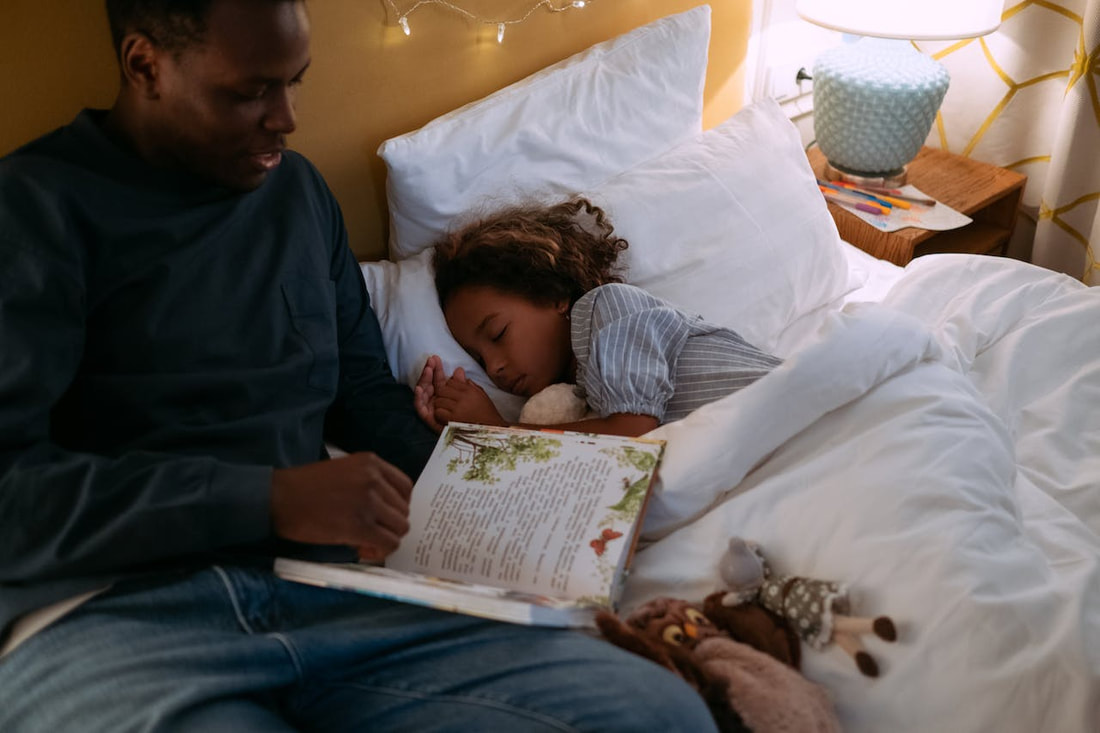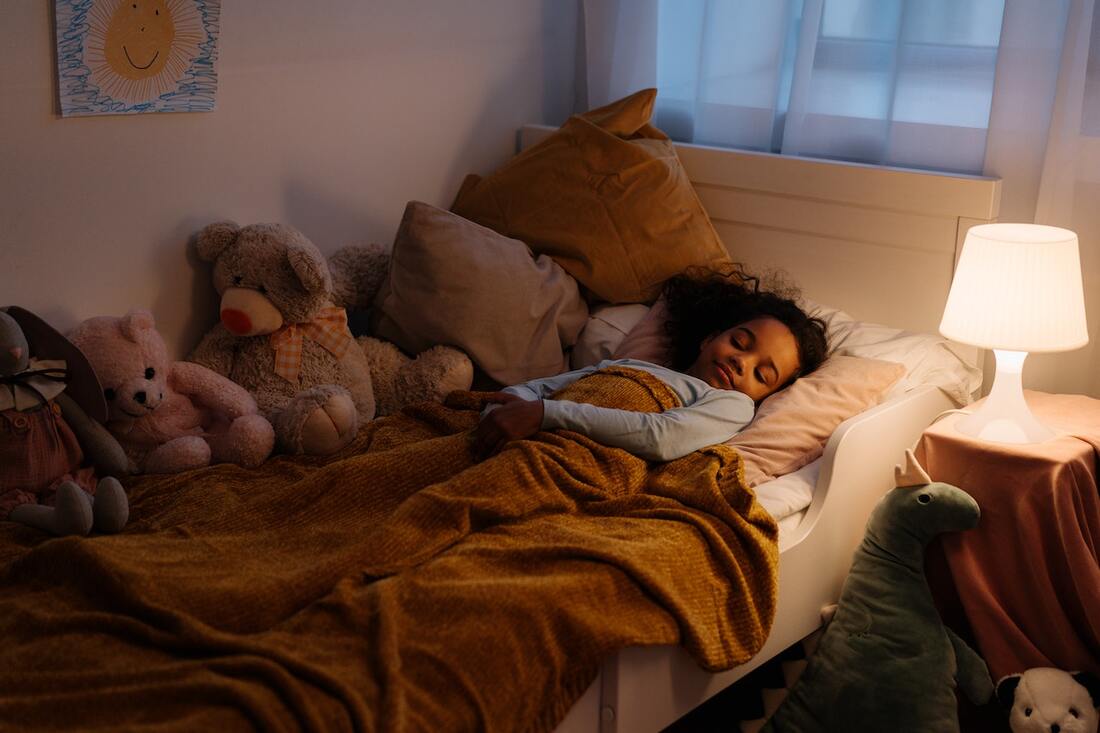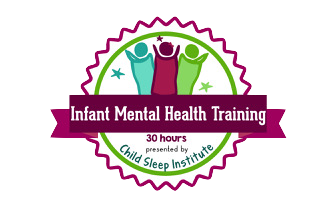|
Discover how to make bedtime a breeze with our guide. Expert tips for adapting children’s familiar sleep routines to your new home! Are bedtime battles turning your move to a new home into a sleepless saga? Fear not, weary parents! In this delightful guide, we're diving headfirst into the enchanting world of adapting children's familiar sleep routines to your brand-new abode. Moving house with little ones can be difficult, but fret not – we've got your back! We'll show you tips for adapting children's familiar sleep routines to your new home. Say goodbye to restless nights and hello to the land of peaceful Zzzs – let's begin this enchanting adventure together! Preparing for the Move To Your New Home Firstly, let's talk about the art of communication. Share the excitement and explain why this new chapter in your family's story is a thrilling one. Remember, they're part of the team, and their input matters! Now, when it comes to packing, involve your mini sidekicks in the process. Therefore, let them choose their favorite toys or items to carry with them on this fantastic voyage. Their sense of ownership will also help them feel more connected to the relocation and less like passengers on a spaceship. Furthermore, let's chat about schedules. Plan ahead and try to keep daily routines intact as much as possible. Hiring movers is the way to go when you're moving to Canada. If you have assistance with your relocation, you can spend more time guiding your children through the process. Familiarity is your secret weapon in taming the moving monster. A sense of predictability can soothe those pre-move jitters and provide stability amid the whirlwind of change. Advice for Moving with Kids to Your New Home Timing is everything; finding that sweet spot in your family's schedule can make all the difference. So, opt for a period when school or other routines are less demanding, minimizing disruptions and ensuring your little adventurers are ready for the journey. Now, let's talk about selecting child-friendly moving services. Look for companies with family moves experience, kid-friendly amenities, and maybe even some snacks to fuel their enthusiasm. Overall, the right-moving team can turn your move into a remarkable voyage of discovery. Lastly, don't forget the essentials bag – your golden ticket for the first night in the new home. Pack it with all the treasures your children hold dear: their favorite stuffed animals, beloved bedtime stories, and maybe even a surprise treat. This bag is like Mary Poppins' carpet bag, holding everything they need for a cozy, reassuring night's sleep in their new surroundings. So, as you navigate this kid-centric moving adventure, remember that timing, child-friendly movers, and a well-packed essentials bag are your secret weapons. Arrange Your Children’s Room and Create a Comfy Sleep Environment Unpacking and arranging the children's rooms: make this task a priority, transforming their new space into a haven of comfort and familiarity. Unearth and place their treasures in their special spots, fostering a sense of belonging from day one. Now, speaking of treasures, let's maintain that precious familiarity with bedding and sleep essentials. So, keep their beloved blankies, cozy PJs, and trusty stuffed companions close at hand. The scent of home is often wrapped in these comforting items. Let's not forget to establish a safe and comfortable sleep environment. Make sure their cribs or beds are set up with utmost care. Check for any potential hazards and baby-proof the room as needed. Soft nightlights can banish those bedtime monsters, and blackout curtains can also help create a peaceful, uninterrupted slumber. Rebuild Their Sleep Routines Now, let's bring back those beloved bedtime rituals and routines. Storytime, lullabies, and toothbrushing adventures – these cherished traditions weave a sense of comfort and predictability into your children's evenings. Reintroduce them with enthusiasm, turning bedtime into an enchanting journey once again. But remember, Rome wasn't built in a day, and neither are perfect sleep routines. Gradual adaptation to the new sleep environment is key. Start by introducing familiar elements, like their favorite pillow or nightlight. Over time, incorporate new elements specific to your new home, making the transition seamless and exciting. Manage Relocation Challenges Acknowledge their worries, encourage exploration, and be their compass while adapting children's familiar sleep routines to your new home. Show them that, like brave explorers, they can conquer any fear that comes their way. Next, dealing with disruptions and waking up at night is challenging. As you sail through this transition, expect a few waves of restlessness. Stay the course, providing comfort and reassurance when those nighttime squalls hit. A little extra cuddle or a soothing lullaby can work wonders to settle those stormy seas. Above all, be the lighthouse, providing a beacon of emotional support during the adjustment period. Offer a safe harbor for their feelings, whether excitement, sadness, or uncertainty. Let them know you're here to listen, understand, and embrace their emotions as they journey through this new chapter. Maintain Consistency in Their Bedtime Routine A well-rested captain makes for a smoother voyage, so lead by example. Show your little ones the importance of a bedtime routine by sticking to one yourself. Now, let's talk about monitoring and adjusting sleep routines as needed. Just as a skilled sailor adjusts the sails to changing winds, be vigilant and flexible. Keep an eye on how your children adapt and make tweaks as necessary. Whether it's bedtime or naptime, your ability to adapt will ensure smooth sailing through the night. But here's the cherry on top: celebrating small victories and milestones in the new home. Every night of peaceful slumber, every morning, they wake up with a smile – these are the moments to cheer and cherish. Acknowledge and applaud these little triumphs; they'll build a sense of accomplishment and confidence for your little adventurers. Final Thoughts On Ways for Adapting Children's Familiar Sleep Routines to Your New Home
In the grand adventure of adapting children's familiar sleep routines to your new home, patience and understanding are your trusty companions. By following the steps outlined in this guide, you can transform the challenges of relocation into opportunities for growth and bonding. Remember, your support, consistency, and love will guide your little ones through the exciting journey of bedtime in their new home. Sweet dreams await in your new home! Photos used: Pexels Pexels Pexels Pexels Discover effective strategies to ensure your kids maintain healthy sleep habits during a move, and learn how to help them during this transitional period. Moving to a new home in Alberta can be an exciting yet stressful time for families, especially when kids are involved. Amidst the chaos of packing, unpacking, and adjusting to a new environment, it's crucial not to overlook the significance of maintaining healthy sleep habits during the move. Sleep is pivotal in children's growth, development, and overall well-being. This article will explore practical ways to support your kids in getting the restful sleep they need while navigating the transition.
Establish a Familiar Sleep Environment and a Calming Bedtime Atmosphere When moving to a new place, children can feel disoriented and uneasy due to the change in surroundings. To mitigate this, create a sleep environment that mirrors their previous setup. Set up their bed, blankets, and favorite stuffed animals in a similar arrangement. Familiarity in their sleeping space can provide a sense of comfort and security, promoting better sleep during the move. Set the stage for a peaceful sleep environment. Consider using soft lighting, soothing colors, and calming scents in their bedroom. Creating a serene atmosphere can aid relaxation and help them unwind before bedtime. A Consistent Bedtime Routine as You Adjust to the New Time Zone Routines offer predictability, which is especially crucial when everything else feels uncertain. Stick to their usual bedtime routine as closely as possible. Whether reading a story, dimming the lights, or practicing relaxation techniques, these activities signal to their bodies that it's time to wind down and prepare for sleep. Consistency in routine can help mitigate the disruptions caused by the move. If the move involves crossing different time zones, gradual adjustment can help prevent jet lag and ensure smoother sleep transitions. Gradually shift their bedtime and wake-up time in the days leading up to the move so the change isn't abrupt and disruptive. Prioritize Physical Activity Engaging in physical activities during the day can help expend excess energy, making it easier for kids to fall asleep at night. Allocate time for outdoor play or indoor games that encourage movement. Physical exertion contributes to a healthier sleep cycle and reduces any stress or anxiety associated with the move. By incorporating active play into their daily routine, you can promote a more balanced emotional state, allowing them to approach bedtime with a calmer and more relaxed mindset. Additionally, physical exertion can enhance the quality of their sleep by promoting deeper restorative sleep cycles. This means that even amid the changes and uncertainties of moving, their bodies have the opportunity to recover and recharge through the night, supporting their overall health during this transitional period. Open Communication Children may have questions or concerns about the move that could affect their sleep. Encourage open communication and create an environment where they feel comfortable sharing their thoughts. Addressing their worries and providing reassurance can alleviate any bedtime anxiety they might be experiencing. Involving them in the moving process, such as allowing them to pack a special box of their belongings or choose the color of their new room, can give them a sense of control and involvement. This empowerment can boost their confidence and reduce feelings of uncertainty, contributing positively to their overall sleep quality. If you have hired movers for your long distance move in Alberta, Canada, long distance movers can make it easy on the kids too. They can suggest safe ways for kids to get involved, which can help calm their anxieties. Remember, their emotional well-being and sleep patterns are closely intertwined, making it crucial to tend to their feelings during this significant life transition. Unpack Comfort Items First During the moving process, certain items may take longer to unpack than others. However, they prioritize unpacking comfort items like their favorite pajamas, blankets, and bedtime books. Having these items readily available can offer a sense of normalcy and help them feel more at ease in their new surroundings. Remember that small gestures can make a big difference. Before their first night in the new home, consider engaging in a soothing bedtime routine together. Reading a beloved storybook, sharing a quiet conversation, or practicing deep breathing exercises can help them relax and ease into sleep. These moments of connection can be reassuring during a time when everything else seems uncertain. Limit Screen Time Before Bed Screens emit blue light that can interfere with the production of melatonin, the hormone responsible for regulating sleep. Especially during the move, when sleep might already be disrupted, limiting screen time in the hour leading up to bedtime is essential. Encourage quieter activities like reading or drawing instead. Be Patient and Understanding It's normal for sleep disruptions to occur during a move. Children might take some time to acclimate to the new environment and routines. Patience and understanding are key during this period of adjustment. Recognize that occasional sleep challenges are part of the process and focus on consistently reinforcing those healthy sleep habits during the move. Each child is unique, and their reactions to the move can vary. Some may adapt quickly, while others might require more time to feel comfortable in their new surroundings. As a parent, being attuned to your child's emotions and behaviors can guide you in providing the necessary support. Remember that maintaining healthy sleep habits during the move is not just about the immediate adjustment period but about setting the stage for their ongoing well-being. By approaching sleep disruptions with a proactive and patient attitude, you can help your children build resilience and adaptability, skills that will serve them well beyond the move. So, as you navigate this transition, remember that while challenges may arise, your dedication to their sleep routine is a valuable investment in their overall health and happiness. Seek Routine Amidst Change Change can be unsettling for children, but establishing a routine can provide a sense of stability. Even amidst the move, incorporating elements of their regular routine can help anchor them and promote better sleep. These familiar practices can make a significant difference, whether it's a special pre-sleep ritual or a favorite lullaby. Help Kids Maintain Healthy Sleep Habits During the Move Moving to a new home with kids requires careful consideration of their sleep needs. While the transition can be demanding, prioritizing healthy sleep habits during the move is essential for their well-being. By creating a consistent sleep environment, maintaining routines, and fostering open communication, you can help your children navigate the move while ensuring they continue to get the restful sleep they need. Remember, patience and understanding go a long way in making this transitional period smoother for the entire family. Photo via Pexels |
To The Moon and Back Sleep ConsultingProviding families the tools & support they need to get their little ones sleeping through the night and napping like champs! Everyone has more fun when they are well rested! Visit Wollino - Discount Code: TOTHEMOONANDBACK10
Browse
All
|
All information provided on this website, including texts, images, and other materials, are for informational purposes only and should not be considered a replacement for assessment or treatment by a healthcare provider.
© COPYRIGHT 2016-2024 TO THE MOON AND BACK SLEEP CONSULTING. ALL RIGHTS RESERVED. WAKING GIRL WEB DESIGN
© COPYRIGHT 2016-2024 TO THE MOON AND BACK SLEEP CONSULTING. ALL RIGHTS RESERVED. WAKING GIRL WEB DESIGN











 RSS Feed
RSS Feed








